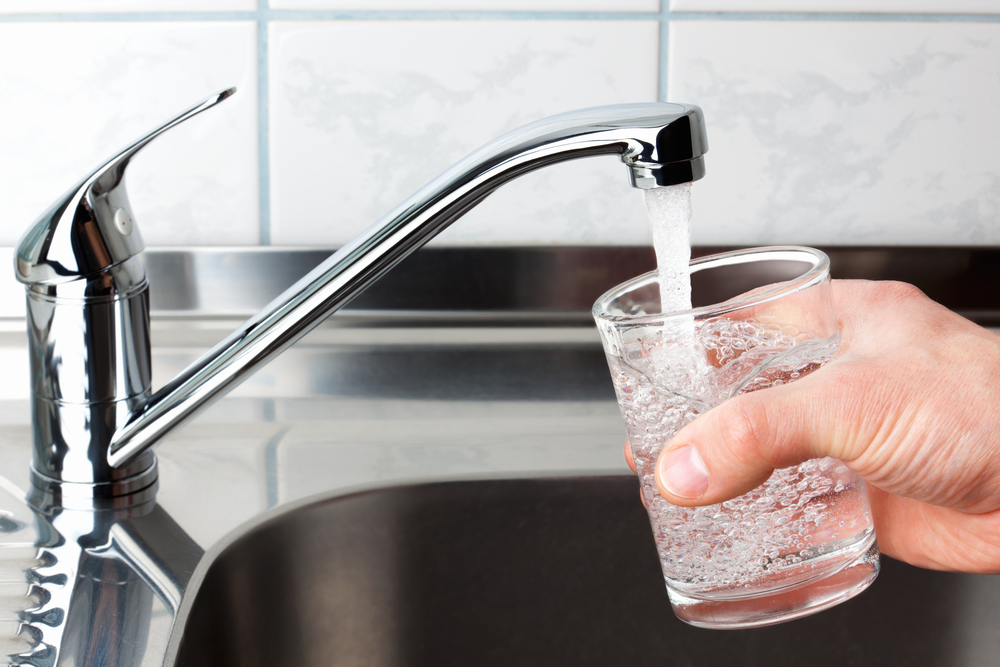Common household water leaks waste an average of 1 trillion gallons (gal) of water each year, says Beth Livingston, EPA WaterSense lead environmental specialist, according to the Federal News Network.
While most people have heard of the EPA Energy Star program, its WaterSense program is not as well known.
The program is a voluntary partnership sponsored by the EPA that serves as both a label for water-efficient products and a resource for helping people and industry save water.
The WaterSense label makes it simple to find water-efficient products, new homes, and programs that meet the EPA’s criteria for efficiency and performance. WaterSense-labeled products and services are certified to use at least 20% less water, save energy, and perform as well as or better than regular models.
WaterSense partners with plumbing and irrigation product manufacturers, retailers and distributors, homebuilders, irrigation professionals, and utilities to bring WaterSense to communities across the United States. It also encourages innovation in manufacturing and supports sustainable jobs for American workers.
“So, we label mainly plumbing and outdoor irrigation products. We’ve got toilets, we’ve got showerheads and we’ve got bathroom sink faucets. And then outside, we’ve got irrigation systems and spray sprinkler bodies,” Livingston continued. “We have our federal standards, and we have them (manufacturers) certify. And the manufacturers make products that will use at least 20% less water than the current federal standards. So, for instance, for toilets, it’s 1.28 versus 1.6 [gal per flush]. For faucet aerators and accessories, it’s usually a 30% difference off the 2.2[-][gal-per-minute] standard flow. And for a shower is that you need to use less, and no more than 2.0 gallons per minute.”
Manufacturers, licensed certifying bodies, builders, and licensed certification providers must adhere to the requirements of all relevant final product specifications and technical clarifications, the relevant certification system, and the following program documents:
Although 70% of the Earth’s surface is covered with water, less than 1% is available for human use. The average American uses 82 gal of water per day, according to the EPA WaterSense website.
Water managers in more than 40 states predict local, statewide, or regional water shortages will occur over the next several years, so it’s important to make every drop count.
Bathrooms use the largest amount of water in each household. Leaks drip away 90 gal of water or more each day, and inefficient water irrigation systems also account for a large amount of wasted water.
- Replacing showerheads with WaterSense-labeled models can save 4 gal of water every time people shower.
- Replacing old, inefficient faucets and aerators with WaterSense-labeled models can save 700 gal of water per year.
- Replacing a clock-based controller with a WaterSense-labeled irrigation controller can save up to 15,000 gal of water annually.
Office buildings, schools, hotels, hospitals, restaurants, and other commercial and institutional facilities use a significant amount of water and energy in their daily operations. Owners and managers of these types of facilities are increasingly aware of the need to use water more efficiently to reduce their risk of water shortages and increasing costs. There’s a strong business case to be made for water efficiency. WaterSense provides facility managers, building owners, and other stakeholders with a variety of resources and initiatives to help them save water, energy, and operating costs.

